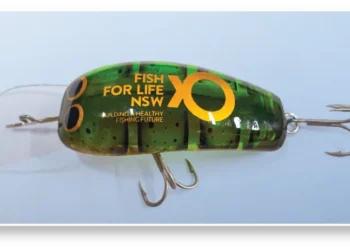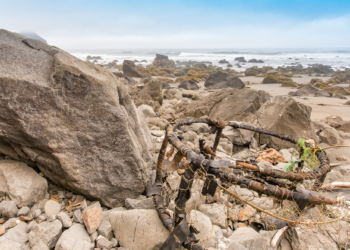
In this month’s Environment News John Newbery discusses rec fishing catch data and why we should be recording all of it.
THE Summer 2016-17 edition of the State Library of NSW Magazine contains a feature story “Record Catch”, where fellowship holder and Deakin University academic, Dr Ruth Thurstan, examines historical records of recreational snapper catches from South Queensland and NSW from 1871 onwards.
There are reports of huge catches in the early days of snapper charters, sometimes over 1,000 fish per trip of 30 anglers, but then the slightly unexpected finding that while catches per boat reduced from the 1870s to the 1950s (due to smaller boats being used as time went on), the catch of snapper per fisher per hour did not change significantly.
From the 1960s to now, the picture is less clear. Dr Thurstan notes that it’s partially because there are less mainstream newspaper reports on fish catches since then, as snapper fishing became less newsworthy and specialist fishing magazines replaced newspapers as the prime vehicle for reporting what catches did occur.
She also observes that growing environmental concerns meant that reports of large catches have become less acceptable. To try and find more evidence on what’s happened to snapper catch rates since the 1960s, she’s interviewing long-term fishers and exploring social media and other online sources.
For me the feature highlights the importance of keeping catch records and aggregating catch rate data, for a couple of reasons beyond the obvious fact that it’s really interesting.
First, for the development of sensible strategies for the management of popular species based on hard data, not just guestimates and projection models. Commercial fishers have been required to keep detailed catch records for years and report them, but we aren’t.
Second, to evaluate claims that the rec sector does in fact harvest more fish of some popular species than the commercials do. Maybe it’s true, maybe not, but it would be nice to know for sure.
How do you do it? Well, to go back to our colleague Martin Salter’s “Keep Australia Fishing” report of a few years back, we need a method to identify accurately how many anglers Australia really does have, what they catch and what they spend. That means creation of a national data base. And that means creation of a national angling licence. It doesn’t have to be high-cost per individual and can be free for some categories (young, retired etc.), but it needs to be complete. And the licensing system needs to supply simple catch recording forms to each licensee.
Then you can obtain catch rate data for nominated key species at licence renewal time to assist the fisheries managers make sensible decisions. And, as a massive spin-off benefit, you really can say to Canberra politicians “there are three million anglers in Australia and these are the electorates they live in.” Then they’d have to take notice of rec fishing concerns and issues, one would think. True angler power!
And that’s probably why it won’t happen. But then again, how many Australian politicians tipped Donald Trump to be the next US President?
















